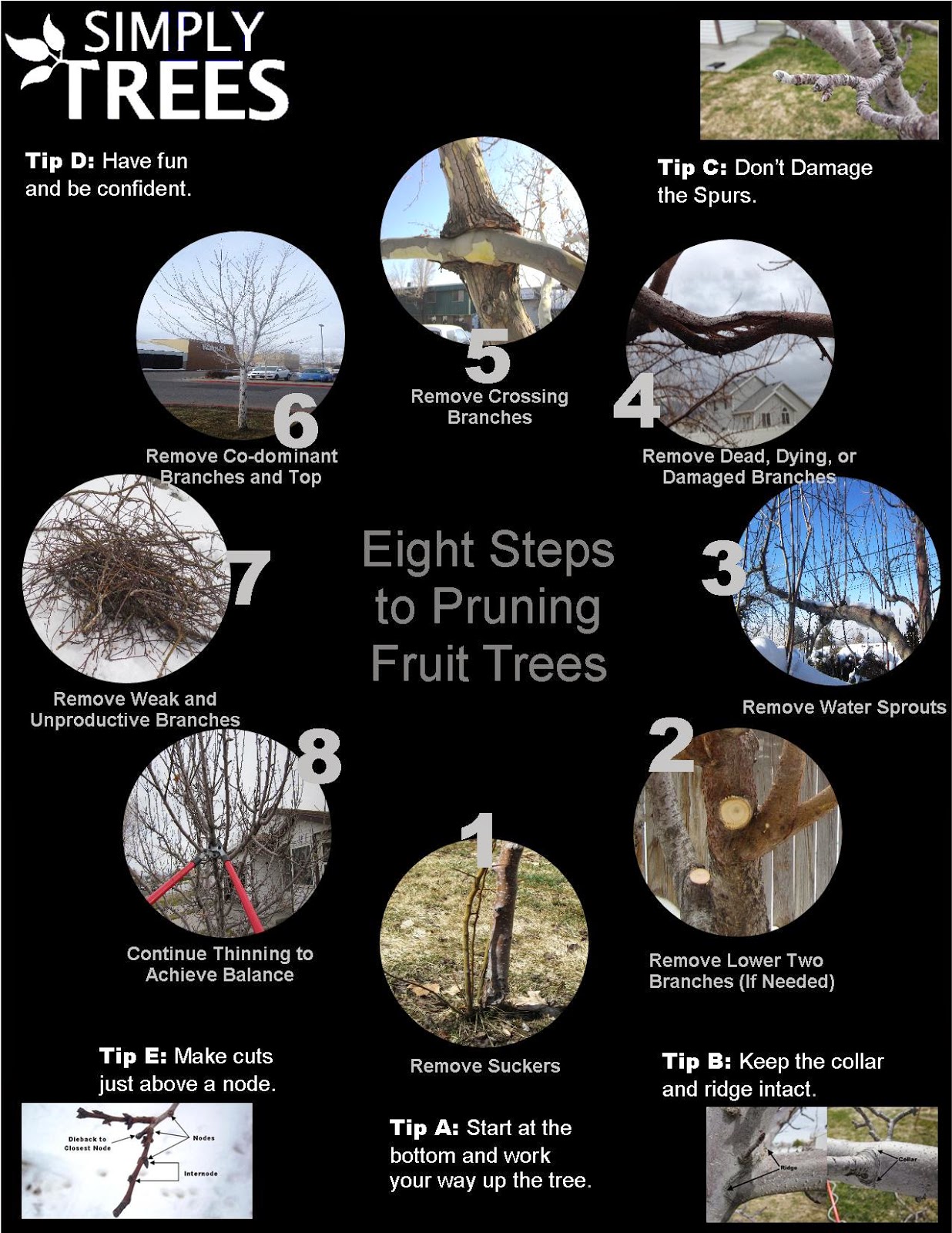Post-Tree Elimination Care: Exactly How To Restore Your Landscape Properly
Post-Tree Elimination Care: Exactly How To Restore Your Landscape Properly
Blog Article
Write-Up Author-Berman Cochrane
After a tree's elimination, your landscape might look quite different, and it's essential to evaluate the consequences carefully. You'll wish to evaluate the soil disturbance and inspect bordering plants for any type of indicators of stress. Neglecting these aspects can lead to bigger issues down the line. So, what should you make with those stumps and roots? And exactly how do you pick the best plants for your rejuvenated area? Let's discover these vital steps.
Evaluating the Consequences: Reviewing Your Landscape
After a tree removal, it's essential to assess your landscape to recognize the influence it carries your backyard.
Begin by examining the location where the tree stood. https://www.treehugger.com/landscape-ideas-people-who-arent-good-plants-4863643 for signs of soil disruption, and check the surrounding plants for any type of stress and anxiety or damages.
You should also bear in mind of exactly how the elimination has transformed sunlight direct exposure and air movement in your garden. This change can influence the development of close-by plants, so it's necessary to review their health.
Take into consideration the visual facets too; the elimination might develop an open space that you can upgrade.
Lastly, think of any type of prospective erosion issues that could develop from the tree's lack. Dealing with these variables early will assist bring back balance to your landscape.
Taking care of Stumps and Roots: Choices for Removal
Once you have actually assessed the consequences of the tree elimination, you'll likely need to take on the stump and origins left.
You have a couple of options for elimination. One reliable technique is stump grinding, where an expert utilizes a maker to grind the stump down to below ground level. This method leaves minimal disruption to your landscape.
If you prefer a do it yourself technique, you can utilize a combination of excavating and chemical stump eliminators. Simply bear in mind, this procedure can require time and effort.
Alternatively, take into consideration leaving the stump as an all-natural feature, which can act as an unique garden component or habitat for wildlife.
Whatever you choose, resolving the stump and origins is necessary for recovering your landscape.
Choosing the Right Plants for Your New Room
As you examine your newly removed space, choosing the right plants can substantially enhance your landscape's charm and functionality.
Start by considering the sunshine and dirt problems. For sunny areas, select drought-resistant plants like lavender or succulents. In shaded spots, ferns and hostas flourish well.
Think of the size and development behaviors of your plants; mix perennials and annuals for seasonal variety. Don't forget to integrate native varieties; they need less upkeep and support local wild animals.
Group plants in odd numbers for an extra all-natural appearance and develop layers for visual deepness.
Finally, guarantee you have a mix of colors and appearances to maintain your landscape vibrant throughout the seasons.
Satisfied planting!
Verdict
In conclusion, recovering your landscape after tree elimination is a rewarding process. By evaluating the results, resolving stumps and roots, and selecting the right plants, you'll create a growing environment. Don't neglect to incorporate erosion control measures to safeguard your dirt. With a little effort and care, you can change your space right into a vivid garden that enhances your residential or commercial property. Accept the possibility to renew your landscape and enjoy the appeal of nature right in your yard!
